Fish
The Science of Fish Surfboards
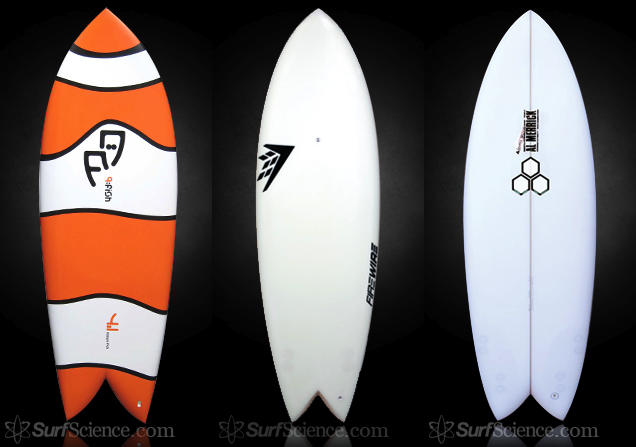 We recently talked about the major benefits of a fish surfboard. The main benefits for riding a fish are:
We recently talked about the major benefits of a fish surfboard. The main benefits for riding a fish are:
- Speed in small waves
- Stability
- Fast, Easy Paddling
- Wave-Catchability in mushy, less powerful waves
- More possibility of maneuvers than a longboard
Today is your chance to educate yourself on the science behind a fish surfboard. Find out what parts of the board gives the fish its unique characteristics. We’re going to tour a standard fish from nose to tail.
The Nose of a Fish Surfboard
The nose is the front of the board. On a high-performance shortboard, the nose is very pointed and sharp. On a big longboard, the nose is very rounded. When dealing with a fish, the nose is going to be a slight mix of the two. So what’s the trade-off? The more rounded the nose, the more surface area of the board on the water. This means the board will be more stable and less maneuverable. A fish tries to combine the best of both worlds (being stable and maneuverable), by having a slight point on a wide nose.

The Width & Thickness of a Fish Surfboard
The wider and thicker a surfboard is, the more buoyant it is in the water. Buoyancy means it floats better. What does this mean for you? It means the board will be easy to paddle AND easily catch waves. What more can you ask for?
Compare this to shortboards, which are notoriously difficult to paddle because of their low volume.
The downside to the huge width and thickness of a fish is that boards with high volume will be a bit slower than their shortboard cousins. So how does the fish solve this problem and become a true “small wave speed-demon?” The answer is the rocker.
While we’re here, we should also mention the nose and tail width of a fish. The wider the nose, the more stable the board is. We’ve discussed this. But what’s really interesting is the wide tail. A wide tail means that the surfboard will be able turn easily and give the board a loose, skatey feel. Contrast this with a high-performance shortboard, which has a narrow nose and tail, which means it has low stability, but more control to turn the board. Again, the fish is a champion of mixing extremes to get an “in-the-middle” effect.
The Rocker of a Fish Surfboard
What’s rocker? On a surfboard, the rocker is the curve of the board. A dramatic bottom rocker will mean that the board will be able to turn easily, but will be slow. A curved bottom will mean the water has to actually travel farther than if the board was flat. So, what’s the rocker on a fish? Remember - we’re going for speed here!
That’s right, a fish surfboard has very little rocker (almost no curve) on the bottom. That means the water can move quickly under the bottom of the board. Of course, the fish is the king of trade-offs. Sure we get the increased speed from a flat rocker, but that means we also get the decreased maneuverability that comes with no bottom curve.
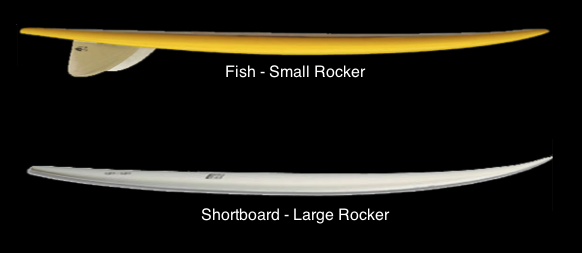
The Length of a Fish Surfboard
So if a flat rocker reduces the ability to turn, how come we see people ripping waves on a fish?
The answer, is the very short length of a fish. Surfboard length, is the distance from the nose to the tail. People will usually pick up a fish board that is even shorter than their shortboard. Normally, a very short board would mean that it is unstable and hard to paddle and catch waves. However, since a fish is so thick and so wide, we can have the buoyancy of a thick board, with the shred-ability of a shorter board.
The Rails of a Fish Surfboard
The rails are the sides of a surfboard. As with most aspects of a surfboard (the length, width, and thickness) the bigger it is, the more it floats. The trade off to floatability is of course reduced movement.
In this department, fish have big thick rails, to help with the floatation aspect. To counteract the large rails reduction in movement, it has a very short length and wide tail.
The Swallow Tail of a Fish

You’ll see very exaggerated swallowtails on a fish. The swallow tail traditionally increases the surface area of the tail, allowing for water to flow past easily. This is where the fish gets speed and paddling power. This power is typically for going in one direction, so to increase the fish board’s ability to carve, shapers have given the fish a very deep “V”, which allows some bite and grip for maneuvering on the wave.
Different Fin Set-Ups for a Fish Surfboard
You’ve probably noticed that the fish is the champion of different aspects of both a shortboard and longboard. What’s very special about the fish is its ability to combine different fin setups. Fins can really change the feel of a board, so let’s break down the most important ones for a fish: Quad-fin, twin-fin, and tri-fin.
Quad Fin Fish
Perhaps the most fun and energetic of all fish. Because the fins are farther up the board, they easily accommodate a tight turning radius. When riding a quad fin board, you’ll want to keep your back foot over the fins, which will provide you with more grip than a twin. This grip can help you take the fish out in some larger surf. The two fins on each side will also help transitioning rail to rail easier (this counteracts the loss of transitioning the swallowtail comes with).
Twin Fin Fish
The dual fin setup will be difficult to control in large surf, as they don’t provide much grip. The most noticeable aspect of a twin setup is its speed, and looseness.
Tri Fin (Thruster) Fish
Remember how loose and fast a twin fin is? Well if you add in that center back fin, can you guess what the impact is?
A center back fin slows the board down, but also adds stability, easy rail to rail turning, and more controlled maneuverability.
What’s the Difference Between a Hybrid Fish & Retro Fish?
You’ll probably see people talking about hybrid fish and & retro fish. Here’s out to tell them apart:
Retro Fish: A shorter fish board with twin or quad fin set up. The true fish.
Hybrid Fish: Has the thruster setup for fins, and can also run higher in length (up to 7 feet). The increased size and 3 fin set up makes the hybrid fish less loose than the retro fish.
Summary
The fish board combines many different aspects of shortboards and longboards, resulting in a truly unique board, perfect for smaller, lower quality waves. By mixing components that make the board both fast, loose, and stable, you get a board that is unlike any other. If you're interested in finding the perfect fish for your height, weight, skill level, and waves, try the SurfScience.com surfboard match.
RELATED TOPICS
Stay Informed
FEATURED ARTICLES
ADVERTISEMENT
FEATURED ARTICLES
ADVERTISEMENT
FEATURED ARTICLES
ADVERTISEMENT
© 2024 SurfScience


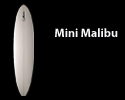
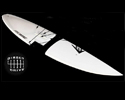

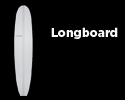
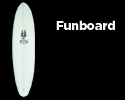


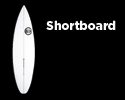


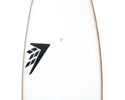
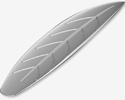
0 Comments